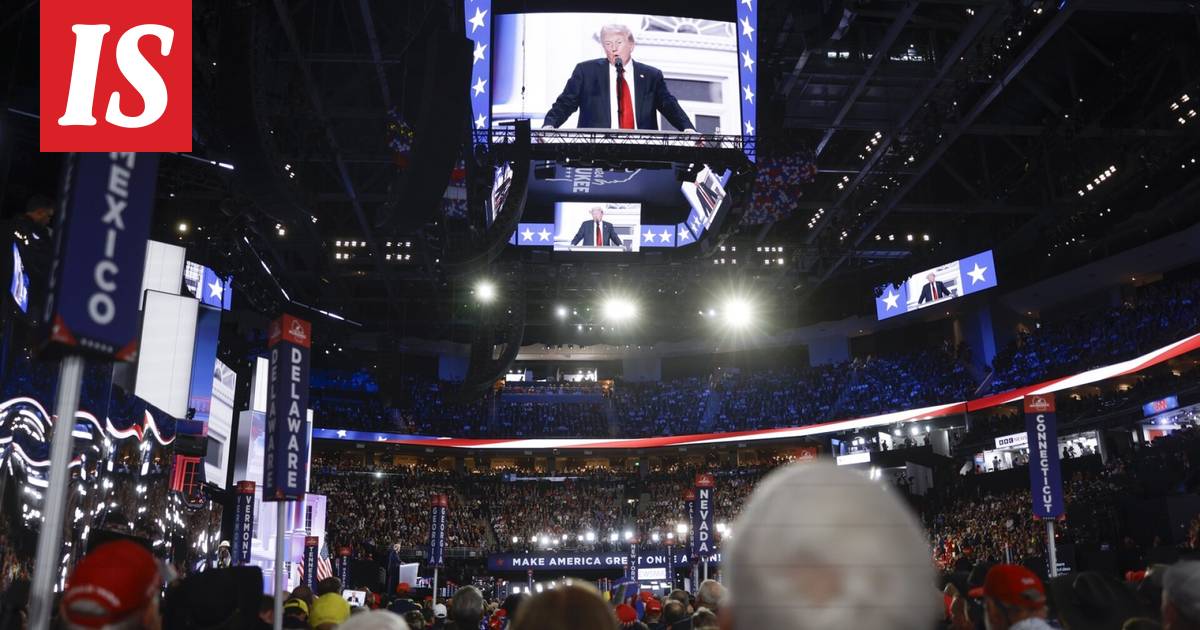- Liittynyt
- 08.04.2020
- Viestejä
- 2 352
Kyllä se on lain yläpuolella. Kyseessä on immuniteetti.
Armahduksen antaminen rahaa vastaan? Ennen epäselvää, nyt laillista.
Lain yläpuolella? Kuten Suomessa, tutustu perustuslakiin. Armahtaminen rahaa vastaa? Laita taas lähteet.
Tottakai. Kyse olikin armeijan hallinnasta. Presidentillä on oikeus Insurrection Actin käyttöön ja käskyjen antoon. Trump on immuuni joten mitään rajotteita ei tai pelkoa seurauksista ei ole.
Joten mitä yrität sanoa, vähän jäi epäselväksi, jos immuniteetilla viittaat aiempaan korkeimman oikeuden päätökseen niin olet luultavasti osittain oikeassa.
Riippuu tietenkin mitä haluavat tehdä ja mistä asiasta päätöksiä. Mutta olet oikeassa, jos on Trumpin hallintoa vastaan niin silloin
Eli? Tämä jäi epäselväksi edelleen
Aika hyvin olet tässä antanut perusteluja minun olevan oikeassa, kun suomalaisena olet jo etukäteen antamassa vihreää valoa Trumpin autoritäärisuudelle.
Ja Trumpin suunnitelmissa virkamiehet (Suomessa näitähän ei voi erottaa ilman hyvää syytä juuri sen takia, että poliitikot eivät pääse niitä vaihtamaan mielensä mukaan) ovat ainoastaan lojaaleja Trumpille ihan sama mitä pitää tehdä.
Johan jo vallankaappausyrityskin on valkopesty niin ei pitäisi Trumpille olla kauhean vaikea rasti lopettaa USA:n demokratia.
e. Ja viimeiseen kohtaasi, en viitsi jankuttaa samaa asiaa ja en tiedä yritätkä vaan jotain semanttista kikkailua.
Olenko suomalainen? Ja lopusta ei kai kukaan ymmärrä mitä yrität kertoa. Ehkä huomenna uudestaan. Ehkä tätä mihinkään perustuvaa propaganda postausta voitaisi vähän vähentää täällä, kun ei tässä ole mitään järkeä.


